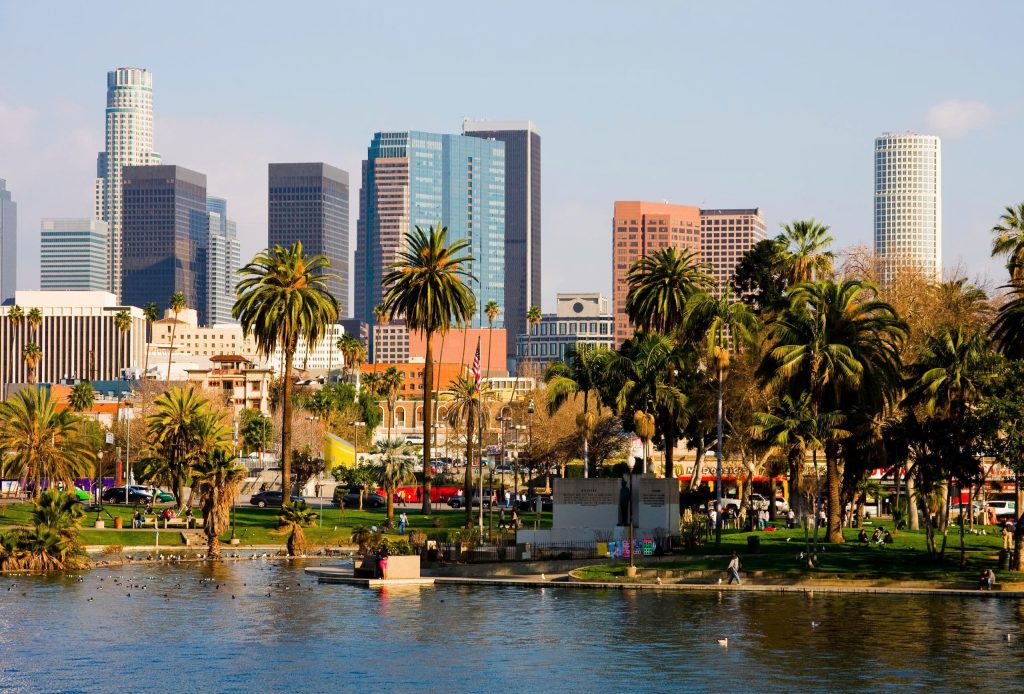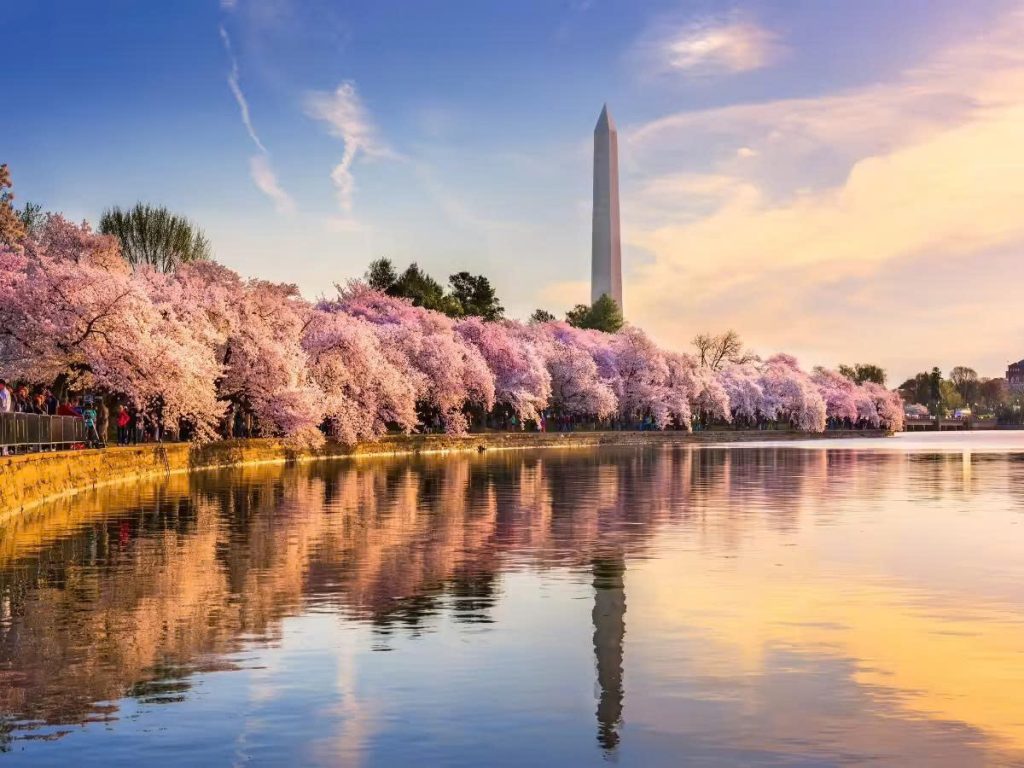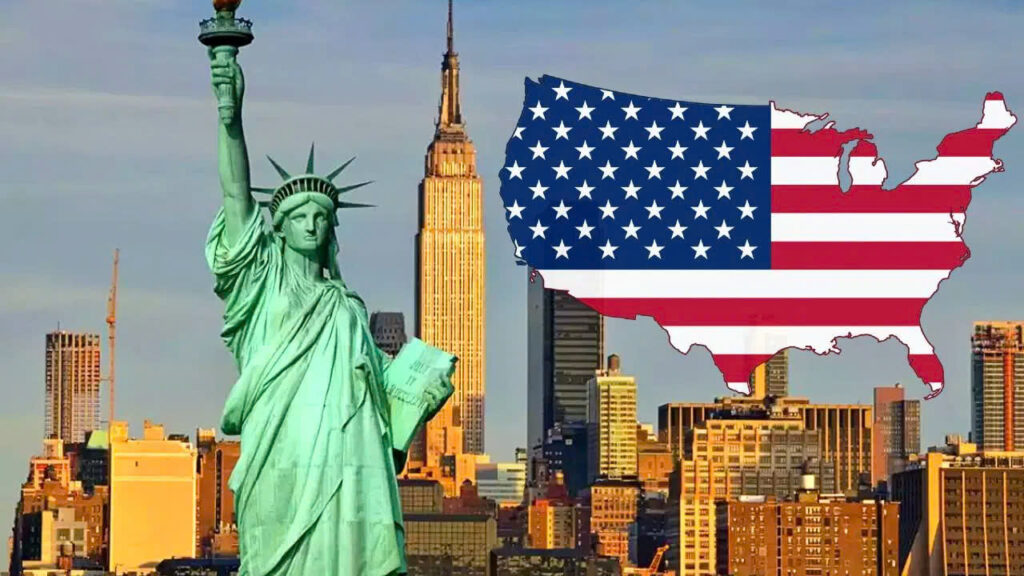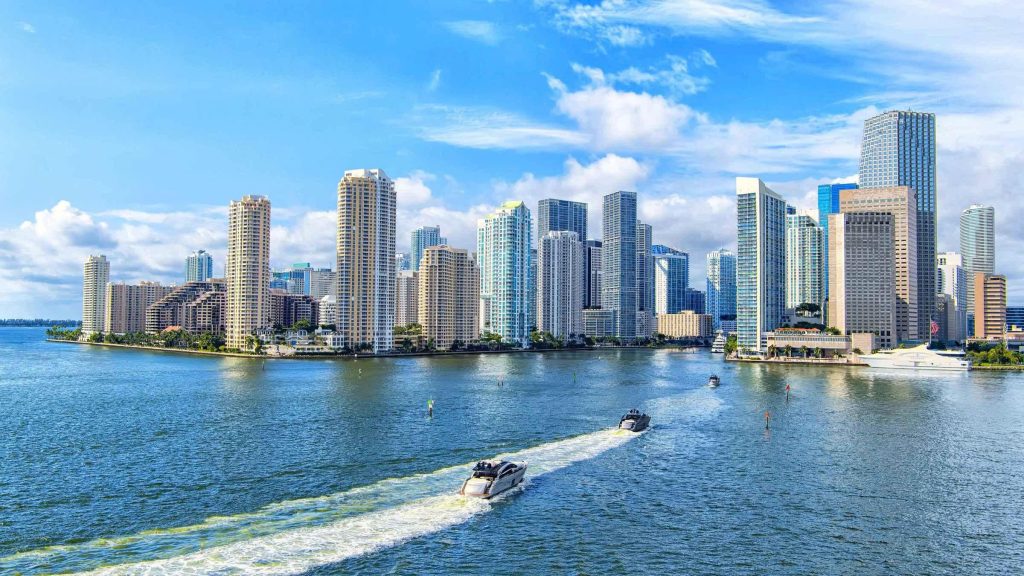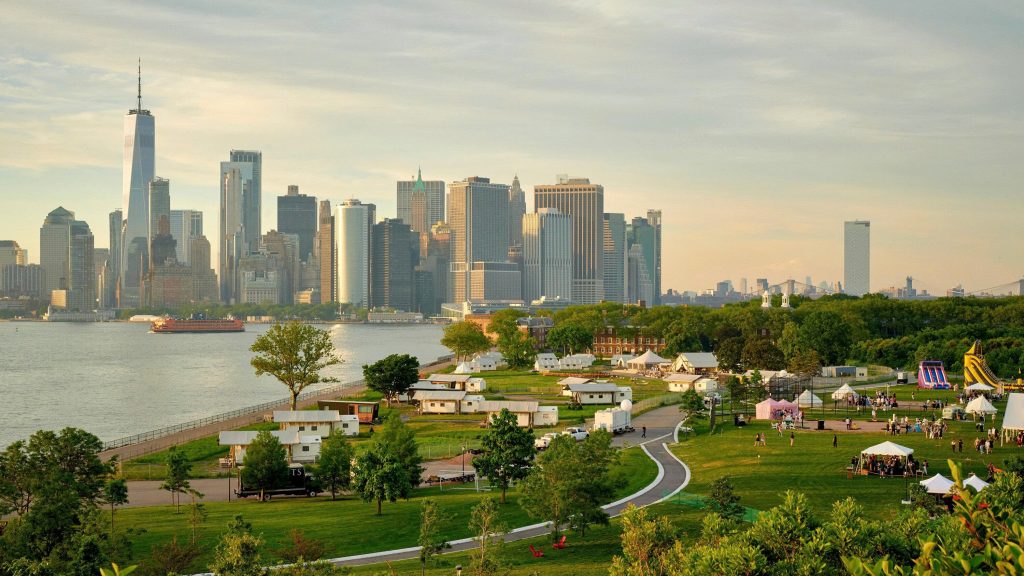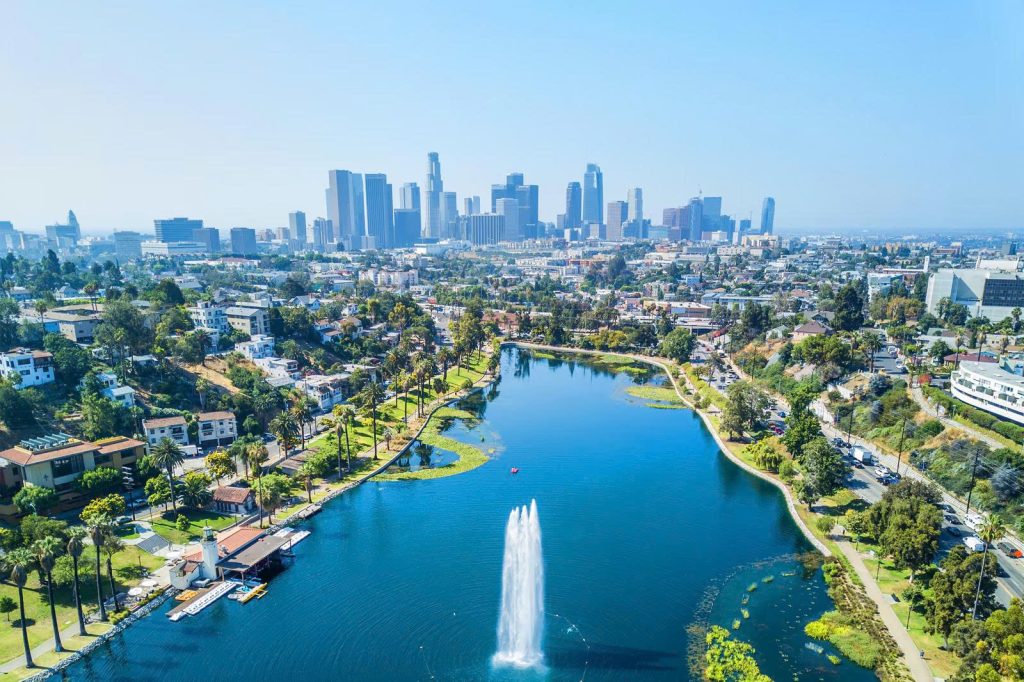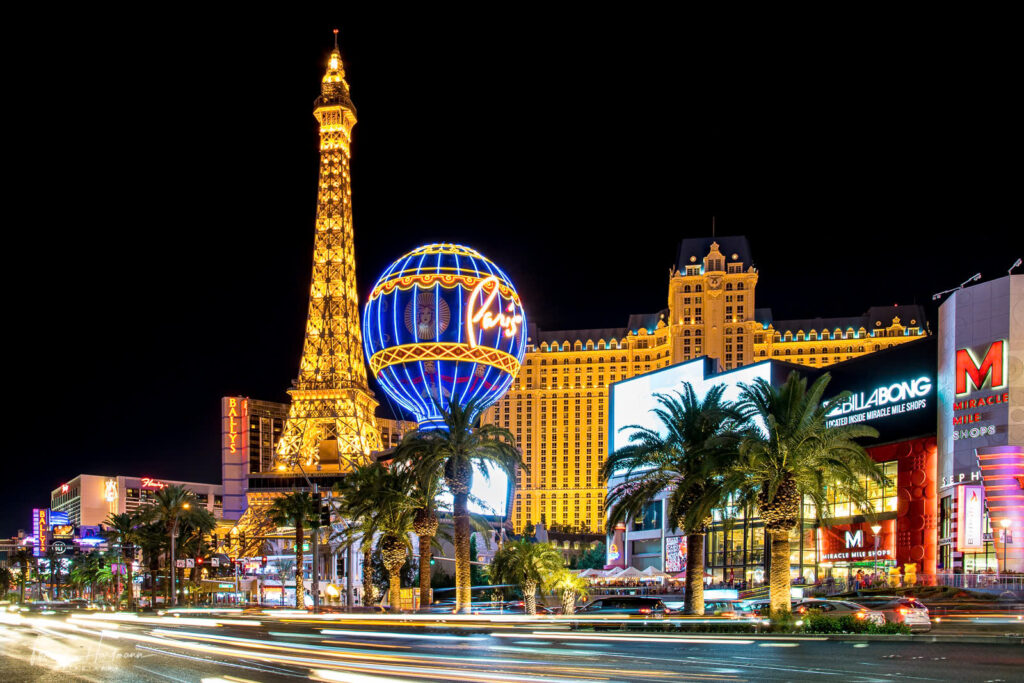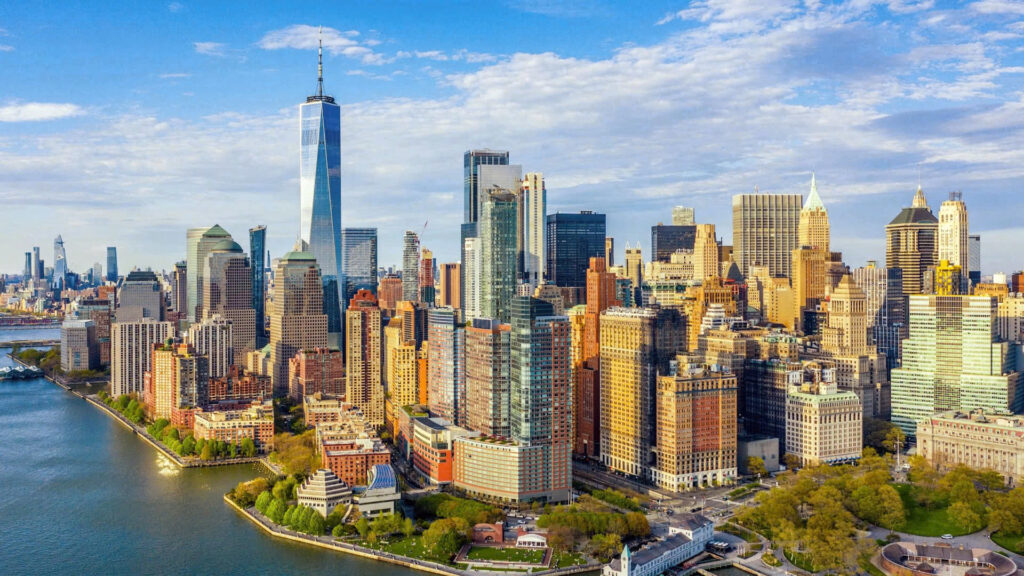Planning your first trip to the United States can feel overwhelming, with so much to see and so many new experiences awaiting. From navigating airport security to understanding local customs, a little preparation goes a long way. This comprehensive guide, developed by seasoned travelers and U.S. residents, is designed to equip first-time visitors with all the crucial information and practical advice for a smooth, enjoyable, and memorable journey.
Before You Go: Essential Pre-Departure Checklist
The success of your trip begins long before you board the plane. Focusing on these key areas will set you up for a worry-free arrival.
1. Visa & Entry Requirements: Your Gateway to the USA
- Visa or ESTA? Determine if you need a U.S visa or eligibility for the Electronic System for Travel Authorization (ESTA) under the Visa Waiver Program. The ESTA process is quicker and for eligible countries, while a visa typically requires an interview at a U.S. Embassy or Consulate.
- Passport Validity: It’s essential that your passport extends its validity for at least half a year beyond your scheduled visit.
- Travel Documents: Keep all essential documents (passport, visa/ESTA approval, flight tickets, accommodation bookings, travel insurance) readily accessible, both physically and digitally.
- Proof of Onward Travel: Be prepared to show proof of your return or onward ticket.
2. Travel Insurance: Your Safety Net
- Why it’s crucial: Healthcare costs in the U.S. can be exceptionally high. Travel insurance is not just recommended; it’s virtually essential. It should cover medical emergencies, trip cancellations, lost luggage, and personal liability.
- Coverage options: Research providers and policies that offer comprehensive coverage for your specific needs.
3. Budgeting & Money Matters: Dollars and Sense
- U.S. Dollar (USD): The official currency. ATMs are widely available, and credit cards (Visa, Mastercard, American Express) are accepted almost everywhere.
- Tipping Culture: Tipping is customary and expected for most service industries (restaurants, bars, taxis, hotel staff, tour guides). A typical tip for good restaurant service ranges from 15-20%.
- Sales Tax: Be aware that advertised prices for goods and services (except gas) typically do not include sales tax, which varies by state and city.
- Cash vs. Card: While cards are dominant, having some cash for small purchases, tips, or emergencies is always wise.
4. Packing Smart: What to Bring
- Layering is Key: U.S. weather can be unpredictable. Pack layers for fluctuating temperatures, especially if visiting cities like New York City or Chicago.
- Comfortable Footwear: You’ll likely do a lot of walking, especially in major cities.
- Power Adapter: The U.S. employs Type A and B electrical outlets (featuring two flat parallel pins or two flat parallel pins with a round grounding pin) with a standard voltage of 120V.
- Medication: Make sure to carry enough of your prescription drugs and a doctor’s accompanying note. Keep them in their original containers.
Navigating the USA: Tips for Your Arrival & Stay
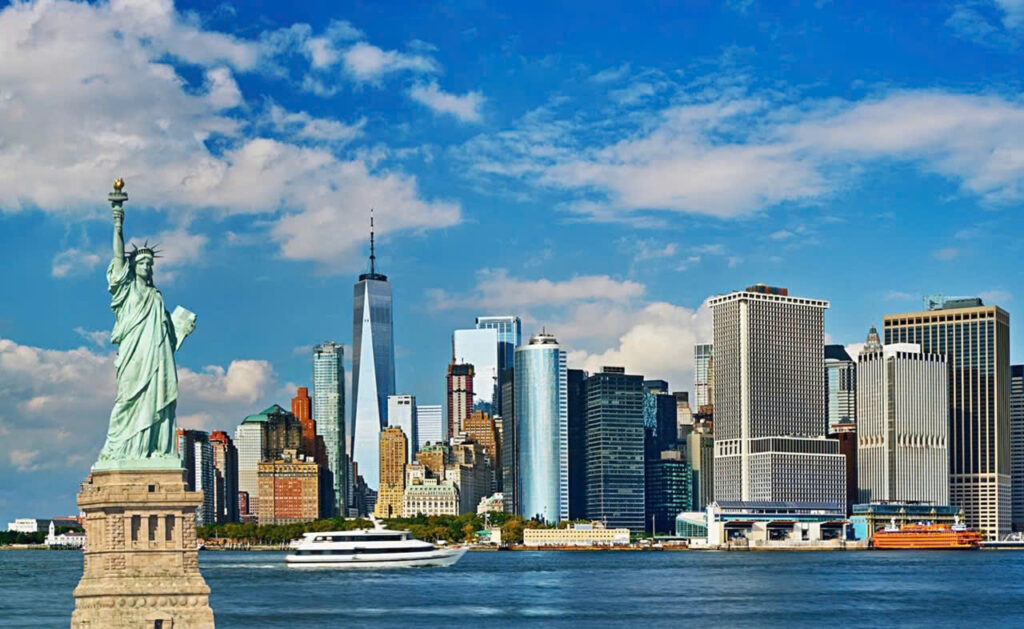
Once you land, understanding a few key aspects of U.S. infrastructure and culture will help you settle in.
1. Airport Arrival & Immigration: A Smooth Entry
- Customs and Border Protection (CBP): Be prepared for questions from CBP officers regarding the purpose of your visit, duration of stay, and where you’ll be staying. Answer truthfully and concisely.
- Security Checkpoints: U.S. airports have strict security procedures. Familiarize yourself with TSA guidelines (e.g., liquids rule, electronics removal) to expedite your passage.
2. Getting Around: Transportation in the USA
- Domestic Flights: For long distances, domestic flights are often the most practical option. Book in advance for better deals.
- Rental Cars: Essential for exploring rural areas or multiple states. Ensure you have an International Driving Permit (IDP) if your home license isn’t in English, and understand U.S. driving rules (e.g., driving on the right, turning right on red after stop).
- Public Transportation: Major cities like New York City (subway), Boston (T), Washington D.C. (Metro), and San Francisco (Muni/BART) have extensive public transit systems. For smaller cities, public transport may be limited.
- Ride-sharing Apps: Uber and Lyft are widely available in most cities.
3. Communication & Connectivity: Stay Connected
- SIM Card: Consider purchasing a local prepaid SIM card from carriers like T-Mobile, AT&T, or Verizon for affordable data and calls.
- Wi-Fi: Free Wi-Fi is common in hotels, cafes, and public places.
Check out: Best Places to Travel in the US: Your Ultimate Guide
4. Cultural Nuances: Understanding American Ways
- Customer Service: Expect attentive customer service. It’s often linked to tips.
- Personal Space: Americans generally value personal space.
- Greetings: A simple “Hi” or “Hello” is common. Handshakes are typical in formal settings.
- Dining Etiquette: Table service restaurants often have a host who will seat you. You’ll often request the check, also known as “the bill”.
- “How are you?” This is often a casual greeting, and a simple “Good, thanks!” is an appropriate response.
Making the Most of Your Trip: Experiences & Safety
- Explore Iconic Cities: Immerse yourself in the energy of New York City, the history of Washington D.C., the beaches of Miami, the entertainment of Los Angeles, or the vibrant culture of New Orleans.
- Discover National Parks: The U.S. National Parks System offers breathtaking natural beauty, from the Grand Canyon to Yellowstone. Research entry requirements and book accommodations well in advance.
- Safety First: The U.S. is generally safe for tourists, but like any country, exercise caution. Pay attention to your environment, particularly in busy tourist spots or after dark.
- Emergency Services: In case of emergency, dial 911 for police, fire, or medical assistance.
Common Mistakes First-Time Visitors Make (and How to Avoid Them)
- Underestimating distances: The U.S. is vast. Don’t try to cram too many distant locations into one trip.
- Not accounting for taxes and tips: These can add significantly to your budget.
- Not having travel insurance: A medical emergency can wipe out savings.
- Ignoring local laws: Laws (e.g., drinking age 21) vary by state and are strictly enforced.
- Not booking popular attractions in advance: Especially during peak season, tickets for major attractions like Alcatraz Island or Broadway shows sell out quickly.
Visiting the United States for the first time is an exciting adventure. By understanding the entry requirements, cultural nuances, and practical travel tips outlined in this guide, you’ll be well-prepared to explore the diverse landscapes, vibrant cities, and welcoming communities across this incredible nation.




